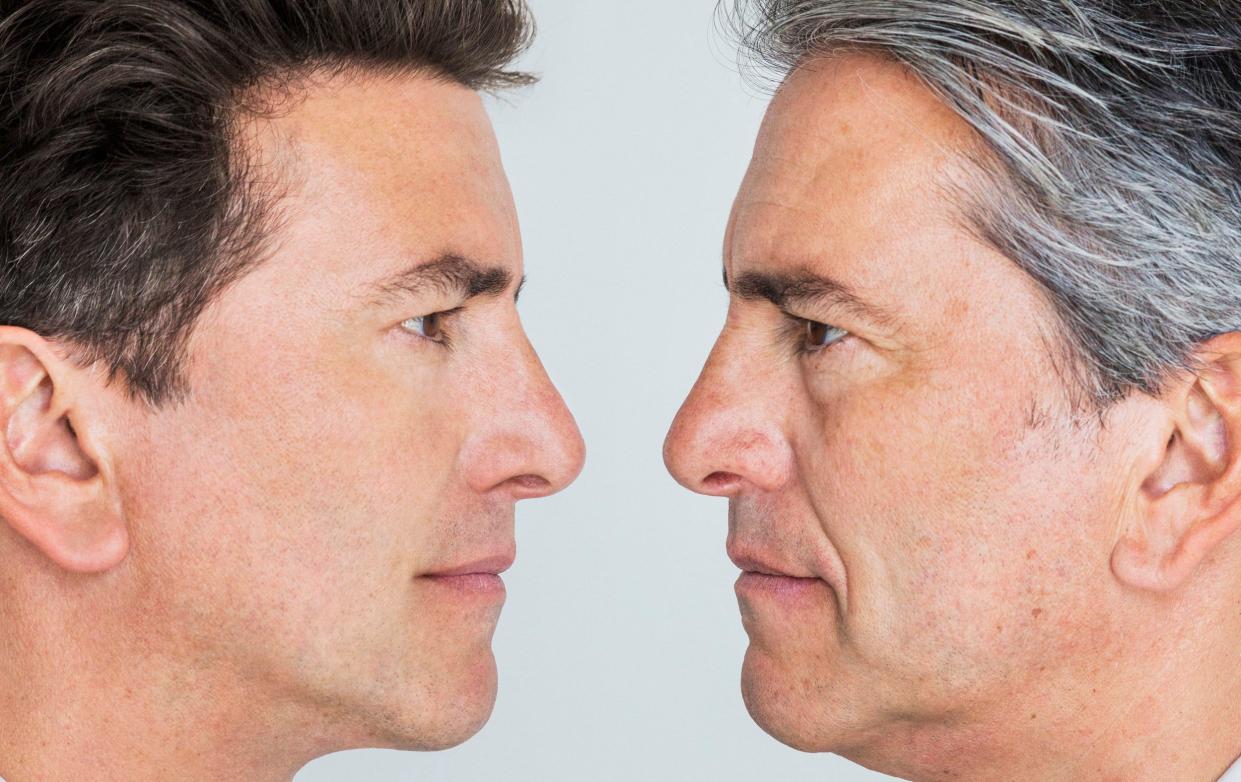The murky, unregulated world of anti-ageing stem cell therapy

Stem cells are the new focal point of the rich and famous with Hollywood A-listers reportedly spending tens of thousands of pounds each year on expensive therapies offered by private longevity clinics which promise to regenerate the ageing body.
The latest taker is 84-year-old John Cleese, who revealed in an interview earlier this week that he pays £17,000 every 12 to 18 months on private stem cell therapy in the hope of buying “a few extra years”.

But while stem cells have long been regarded as one of the great hopes of regenerative medicine, with long-standing applications in leukaemia and ongoing clinical trials in a whole host of diseases from age-related macular degeneration to multiple sclerosis and motor neurone disease, they are also highly misunderstood.
For while there are very few evidence-based stem cell therapies which are officially approved by governmental authorities, there are numerous private clinics located in countries such as Switzerland, China, Mexico, India and the United States, operating in what experts describe as “a regulatory grey zone”.
“These clinics may be operating outside of regulatory oversight and scientific collaboration, and do not publish the protocols or outcomes of what they are doing to patients that pay for their services,” says Dr Anna Couturier, the head of research, development and strategy at a non-profit academic consortium which provides information on gene and cell therapies called EuroGCT.
It is not hard to find evidence of the potential dangers. Just last year, reports emerged of patients in the US losing their sight after receiving a stem cell treatment for a degenerative eye condition at a private clinic in Florida. And while some clinics claim to offer injectable stem cell therapies which boost collagen and give the face a more youthful appearance, scientists say there is little published evidence that this is either safe or effective.
“There is not a single approved application of stem cells in the cosmetic industry, so all of the suppliers that offer those direct-to-consumer interventions are exploiting a grey zone,” says Darius Widera, a professor of stem cell biology and regenerative medicine at the University of Reading.
So what can stem cells actually do, and what are the common misconceptions?
There is no single ‘stem cell treatment’
Just as cancer and dementia are a collective of several hundred different diseases, rather than single entities, there are many different types of stem cells, and as such, the potential applications vary hugely.
Stem cell medicine is most advanced when it comes to adult stem cells, which can only be used to generate fresh cells in their own particular locality. For example, stem cells found in the brain can only be used to produce new brain cells.
Professor Jon Frampton, a stem cell biologist at the University of Birmingham, describes the most-long standing use of adult stem cells as being in leukaemia patients, where a stem cell transplant is often conducted to replenish the diseased cells in the bone marrow with those from a matched donor.
“You’re looking to get rid of the disease and then replace the blood system with some fresh stem cells,” he says. “It’s tried and tested and proven to work.”
Over the past two decades, considerable excitement and controversy has been generated by so-called pluripotent stem cells, which can either be taken from human embryos or generated through clever manipulation in the lab. These stem cells can develop into any cell type in the body. However, while they have often been hyped as potential miracle cures, their safety and efficacy is being tested in early-stage clinical trials and they remain largely unproven.
You don’t want them injected into your body
In an interview with Saga magazine, Cleese described receiving a treatment which he appeared to describe as a form of ongoing anti-ageing maintenance.
“These cells travel around the body and when they discover a place that needs repair, they’ll change into the cells that you want for repair, so they might become cartilage cells or liver cells,” he says.
It is not clear what kind of stem cell treatment Cleese is receiving, but Prof Frampton says that anyone receiving pluripotent stem cell injections is likely to be in danger.
“If put into the wrong context without the right prompts and cues, stem cells do what they’re capable of doing but in a very random way,” he says. “You can get a tumour called a teratoma, because the stem cells grow a lot and form a lump. A teratoma is a horrible mass of all sorts of different tissue types, all together in a tumour.”
They could be used to target muscle degeneration and frailty
Stem cell therapies have been credited with extending the careers of numerous athletes from Rafael Nadal to Cristiano Ronaldo. Experts say that there are various potential stem cell treatments which can apply to athletes and could one day be used to help tackle some aspects of the ageing process.
These treatments utilise adult stem cells known as mesenchymal stem cells which make components of the skeleton such as knee cartilage or the discs between vertebrae in the back. Prof Frampton describes the therapy as a complex multi-stage process in which surgeons extract the patient’s own mesenchymal stem cells before using them to generate new ligament or cartilage cells in a petri dish in the lab.
“You would need a biomaterial or some structure which gets those cells to work and join together to form new cartilage, for example, and have the right properties,” Prof Frampton explains. “And then you would transplant that back into the patient.”
Various clinical trials are now taking place in the UK in which this same approach is being tested as a possible treatment for degenerative conditions such as osteoarthritis. Other trials are investigating whether new drug therapies can help combat conditions such as age-related muscle wasting by stimulating muscle stem cells and making them more active.
“As we get older, our adult stem cells become less capable of doing what they’re supposed to do,” Prof Frampton continues. “So there are drugs that can potentially reverse some of those deficiencies so they can continue to do what they’re meant to do for a few more years.”
They could replace tissue
Some of the most dramatic applications could be achieved through using pluripotent stem cells to replace lost tissue, for example in age-related macular degeneration (AMD) where patients slowly lose their central vision. This happens due to deterioration of a thin layer of tissue at the back of the eye called the macula.
Prof Frampton adds that some researchers are investigating whether pluripotent stem cells can be used to generate a new macula in the lab which could then be transplanted into patients with AMD. “It’s going through trials and I’m pretty hopeful that that’s going to be a cure for at least some patients with that disease,” he says.
However in the meantime, researchers advise staying well clear of private clinics which claim to offer as yet unproven therapies. As well as the risk of cancer, there are numerous cases of patients receiving unregulated stem cell treatments and developing brain inflammation, life threatening blood clots, and infections, with some even going on to die.
“If the product is not sterile, it can lead to inflammation and, in worst case scenarios, septic shock,” says Prof Widera. “Many patients have been harmed by these grey zone clinics.”
Recommended
How to 'switch on' your anti-ageing genes – and live longer

